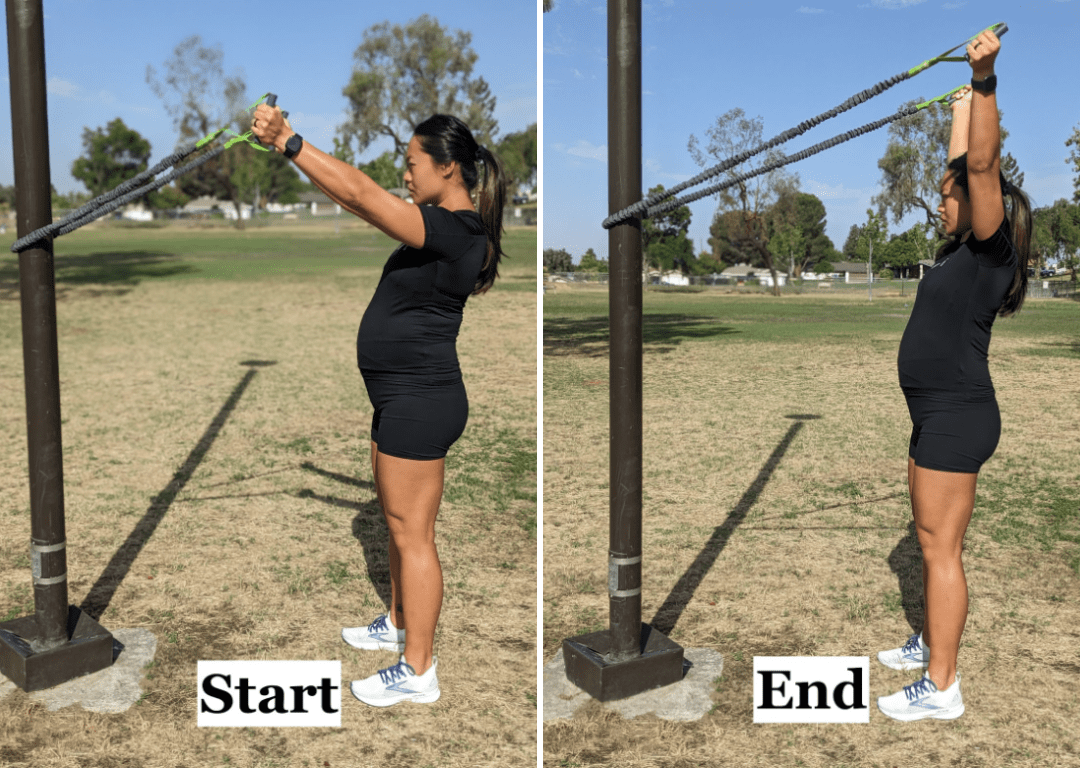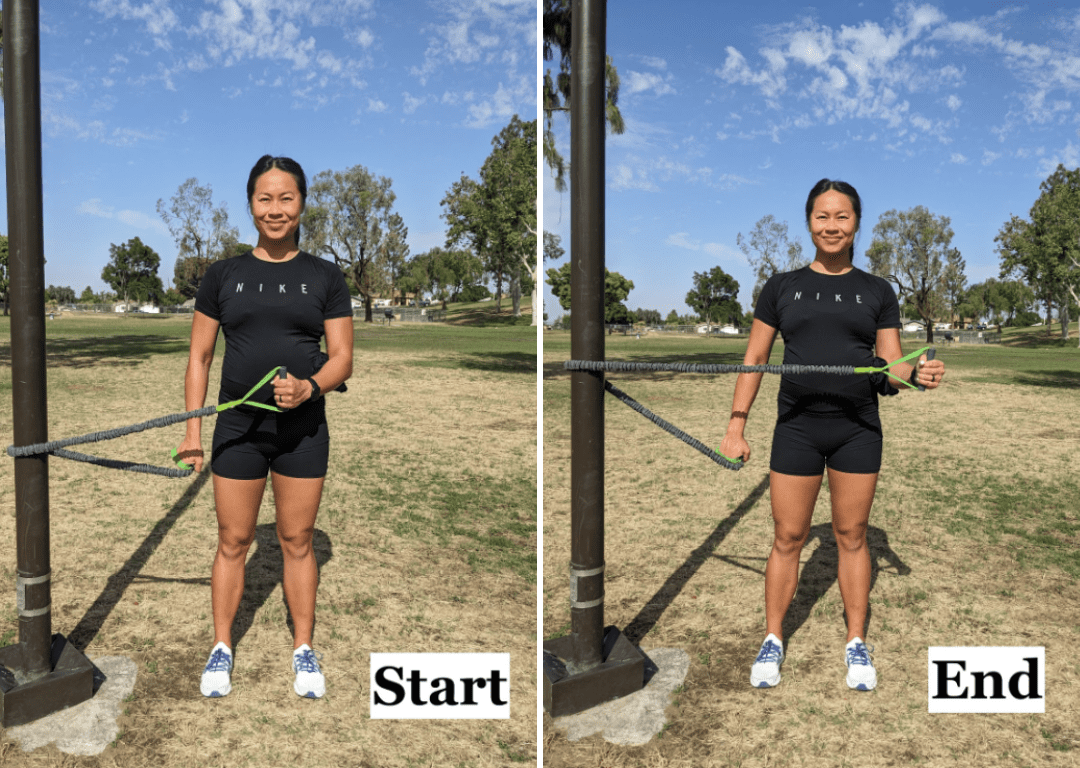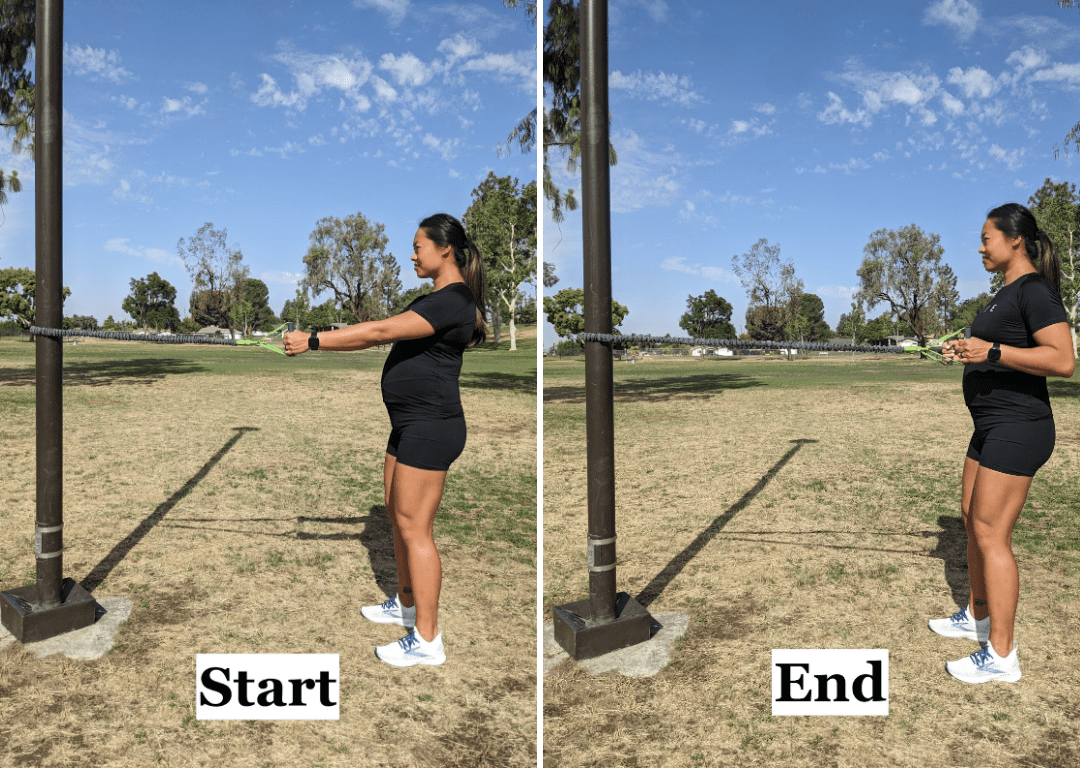Author: Sandra Harrell, DPT
If you have been swimming long enough, you have probably already had a few run-ins with shoulder pain. At first, you may have brushed it off as just some muscle soreness. Maybe you thought, “I’m swimming and using my shoulders a lot. Obviously, they might get a little sore”. Maybe that dull ache is not going away and is lingering a little longer, affecting other things you are doing in and out of the pool.

Or, maybe you had a different encounter. Your shoulder pain may start with a sudden, sharp pain, almost like a muscle twinge. You might have noticed that your shoulder suddenly clicks now. But then again, it may not click. Regardless of how the pain progressed, you now have been battling this sudden onset of sharp pain with various activities that you do and with various movements.
In both instances, your swimmer’s shoulder pain is both a nuisance and a concern. The pain improves when you take time off from the pool. However, as soon as you begin ramping up your training, it always seems to flare up and come back again.
You likely have tried various therapeutic interventions, such as using an ice pack, a heat pack, or maybe some over-the-counter pain relief medication. They all help with relieving pain, which is excellent. However, it never solves the problem long-term. Instead, it seems like slapping a bandage on a wound, and every time you head back into the pool, that bandage comes right off.
What you are experiencing is not uncommon for swimmers. It is pretty standard, and many, if not most, swimmers experience shoulder pain at some point in their swimming career.
Swimmer’s Shoulder
What you are likely experiencing is commonly known as “swimmer’s shoulder”. This is a very general description of the types of shoulder pain swimmers experience and is often a term that is used to describe various shoulder, upper extremity, and even spinal musculoskeletal impairments.
Many swimmers are not sure how to address this issue. Many will try countless remedies to get rid of the pain; however, most will give up on addressing the problem because they cannot seem to get rid of the pain despite the various remedies they have tried. When that happens, two scenarios occur. Swimmers either give up the sport or tell themselves that swimming isn’t a sport for them. Or, they continue and try to “muscle” their way through the pain, only to worsen it over time.
Due to the nature of the sport and the movements required to optimize performance in the water, various muscles are overused. In contrast, other muscles become weakened due to improper use or lack of engagement of musculature. This results in an imbalance in musculature development in and around the shoulder. Training with improper swim technique further exacerbates the problem and increases the risk of developing other injuries. Luckily, using a shoulder-based strength program, most “swimmer’s shoulders” can be addressed effectively with excellent long-term results.
To get started, you will need the proper equipment when building an effective shoulder strength program. There are different equipment available. However, having the appropriate equipment that caters explicitly to swimmers will ensure you maximize your strength program in a sport-specific manner.
To strengthen your shoulders, here are a few great exercises, (shown using Vasa Swim Cords) aimed to address “swimmer’s shoulder”:
Standing Y’s
Start from a standing position with the swim cords stabilized around a stationary object, such as a pole or a door, and begin with your arms overhead in a “Y” position and the swim cords with a little slack. Engage your lower trapezius muscles by drawing your shoulder blades down together as you pull the swim cords back.
Rehab Tip: Keep your shoulders down and relaxed to minimize engaging your upper trapezius and Levator Scapulae.
Standing T’s
Start in a standing position and stabilize the Vasa Swim Cords around a stationary object such as a pole or door. Begin with your arms outstretched in a “T” position with minor slack in the swim cords. Engage your rhomboids and middle trapezius muscles by drawing the shoulder blades together as you pull the swim cords back.
Rehab Tip: Keep your shoulders relaxed to minimize engaging your upper trapezius and Levator Scapulae.
Standing W’s
Secure the Vasa Swim Cords around a stationary object such as a pole or door. From a standing position, begin in a “W” position with some slack in the swim cords. Engage your rhomboids, middle and lower trapezius, and rotator cuff musculature by drawing your shoulder blades together and down while maintaining a “W” position at your shoulders and elbows as you pull the swim cords back.
Rehab Tip: Keep your shoulders down and relaxed to minimize engaging your upper trapezius and Levator Scapulae.
Swimmers Shoulder External Rotation at 0°
Secure the Vasa Swim Cords around a stationary object such as a pole or door. In a standing position, place a rolled towel between your elbow and side to stabilize your elbow at 0°. While maintaining your elbow by your side, engage your rotator cuff muscles by pulling the swim cord outwards in a controlled manner. This exercise is best performed unilaterally.
Rehab Tip: When performing this exercise, you should feel the muscles along the backside of your shoulders work, as those are the muscles you are strengthening.
Swimmers Shoulder External Rotation at 90°
Secure the Vasa Swim Cords around a stationary object such as a pole or door. From a standing position, begin with your shoulder at 90° abduction and elbow at 90° flexion. While maintaining a 90° position, pull the swim cord backward to engage your rotator cuff muscles in a controlled manner. This exercise is best performed unilaterally.
Rehab Tip: When performing this exercise, you should feel the muscles along the backside of your shoulders work, as those are the muscles you are strengthening.
Standing Rows
Secure the Vasa Swim Cords around a stationary object such as a pole or door. From a standing position, engage your middle trapezius and rhomboids by squeezing your shoulder blades together as you pull the swim cords back.
Rehab Tip: Keep your shoulders down, and relax to minimize engaging your upper trapezius and Levator Scapulae.
NOTE: If you have a Vasa Trainer Pro or a Vasa SwimErg, you can use them to do all of the exercises described above. To see a video of these exercises, click this link
Vasa Trainer and SwimErg For Technique and Endurance Training
Sometimes, isolating and practicing proper technique in the pool is difficult because so many technical movements are involved. To isolate and break down the different phases of each stroke, the Vasa Trainer is an excellent piece of equipment designed to allow you to focus on the catch, pull, or recovery phases one arm at a time.
When ready, you can integrate all three phases with both arms while facilitating proper head and body position. The Vasa Trainer, like the SwimErg, can also build muscular strength and endurance outside of the pool when you cannot train in the water, making it a very versatile tool for strength and technique-based training.
Final thoughts
When performing any exercise on the Vasa Trainer, focus primarily on technique before progressively increasing resistance, repetitions, sets, frequency, or any other parameters.
About Dr. Sandra Harrell
 Dr. Sandra Harrell is a licensed Doctor of Physical Therapy with a Master’s in Exercise Science and Health Promotion. Sandra was a collegiate swimmer and 5x NCAA All-American at UC San Diego, and she has coached competitive age groups and Masters swimming teams. She is the creator of The Swimmer’s Doc.
Dr. Sandra Harrell is a licensed Doctor of Physical Therapy with a Master’s in Exercise Science and Health Promotion. Sandra was a collegiate swimmer and 5x NCAA All-American at UC San Diego, and she has coached competitive age groups and Masters swimming teams. She is the creator of The Swimmer’s Doc.










